Creative Play
In our last post we focused on the recent book by Debra Prinzing, Slow Flowers, in which she advocates a stronger connection to the local community by choosing to source floral bouquets from a local or regional source. In the book, she challenges herself to create an arrangement each week for one year that achieves this goal and describes her creative process beautifully in Slow Flowers.
For those of us who “create” for a living, the idea of taking time to make something simply for the beauty of it sounds incredibly freeing. And, according to Debra, it is. Playing “creatively” can free the mind enough to passively solve other creative challenges left behind at our “desk”. It also allows us the opportunity to find beauty or utility where before we saw none of these qualities. That’s creative gold to a designer or anyone who pursues problem-solving work. And so with that we’d like to share the last of our conversation with Debra Prinzing and hope you too will find her responses reason enough to pursue a moment of creative play.
More Info: SlowFlowers.com; All Images ©Debra Prinzing
PNT: In your book and your blog, you often describe the act of making an arrangement a welcome hour of meditation. Are there other benefits you have experienced personally that make the process a healthy life choice?
DP: The benefits are amazing! I find that I must get up from my desk and away from the computer and telephone (including that seductive social media universe) and detach from all electronic distractions in order to play with flowers. So many of us in creative professions have become desk-bound, tied to email and the constant flow of information. I LOVE leaving that behind, even for 30 minutes, to choose, harvest and arrange flowers in a vase. It is so creatively rewarding and I cherish the time spent focusing my attention on each petal, bud, stem or leaf. That act of concentration and observation stimulates my subconscious brain and I typically daydream myself into a solution for some tricky challenge that’s facing me — all while arranging my weekly bouquet.
PNT: The arrangements you create in fall and winter are stunning in their creative use of non-flowering elements. How has this experience changed the way you see your own garden or on a larger scale, the natural world?
DP: I learned something very important about observing the seasons from Mary Robson, former gardening columnist for The Seattle Times and longtime King Co. Extension Agent who ran the local Master Gardener training when I participated. She taught me that there are many lessons learned by noticing — in detail — how climate, temperature, weather and atmosphere change plants in our own backyards or neighborhoods. And that act of observation, especially in the less vibrant/more dormant months, has filled me with a new appreciation for non-flowering elements.


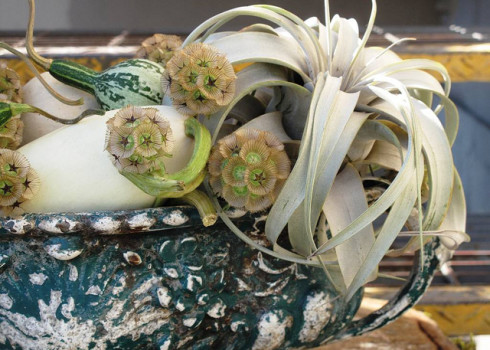
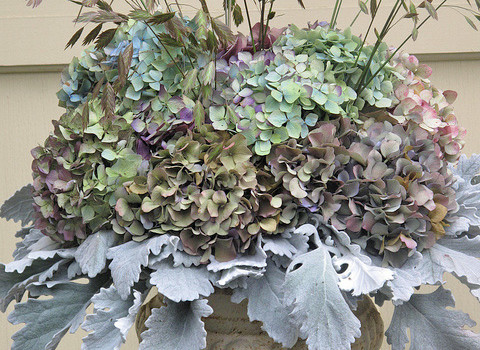
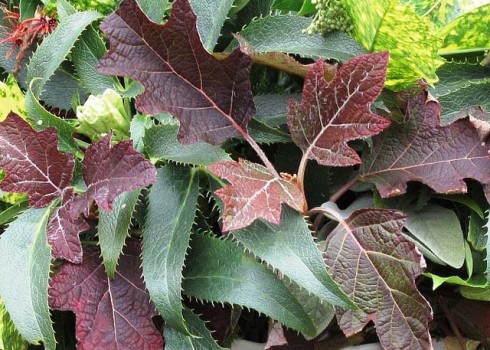
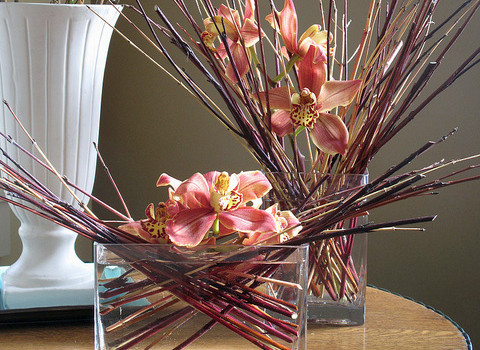
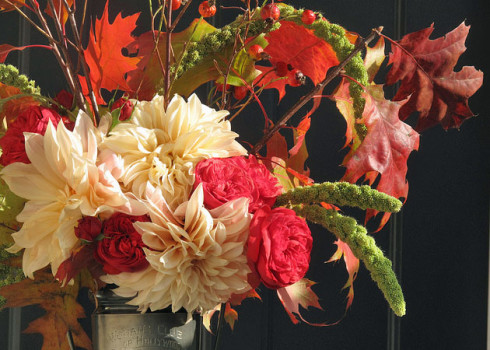
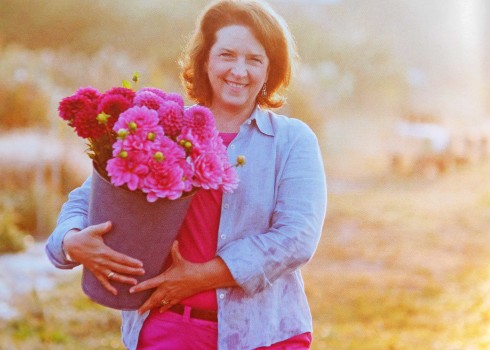

 Pat Nugent
Pat Nugent